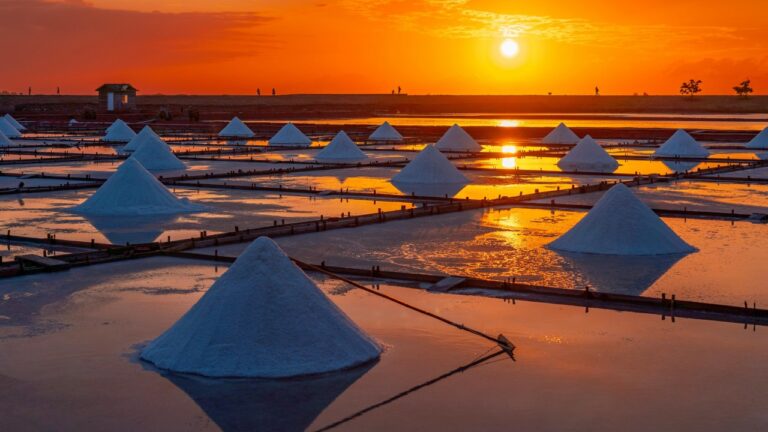The global salt market was valued at USD 34.07 billion in 2023 and is projected to grow from USD 35.84 billion in 2024 to USD 54.02 billion by 2032, with a compound annual growth rate (CAGR) of 5.3% during the forecast period. In the U.S., the salt market is expected to reach USD 4.91 billion by 2032, driven primarily by the region’s extensive demand for street de-icing solutions.
As a key player in essential industries such as food processing, chemicals, and water treatment, the salt industry is well-positioned for sustained growth. The rising global demand for high-purity and specialty salts is fueling this expansion. This post provides critical insights into market dynamics, emerging trends, and strategies to remain competitive in this evolving landscape.
Market Overview
The global salt production market is experiencing steady growth, driven by the demand for food-grade salt, especially in regions prioritizing food safety and industrial applications. With increasing population and industrialization, particularly in emerging economies, the demand for refined salt is expected to rise further.

Market Dynamics
Key Drivers:
- Growing use of salt in food processing, pharmaceuticals, and chemical industries.
- Expanding industrial activities in emerging economies, particularly in Asia-Pacific.
Challenges:
- Environmental concerns related to salt extraction and brine disposal.
- Regulatory pressures on sodium levels in food products due to public health concerns.
Opportunities:
- Rising interest in specialty salts like sea salt.
- Technological innovations that improve the efficiency and sustainability of salt production.
Technological Advancements in Salt Manufacturing
Salt producers are increasingly leveraging automation and cutting-edge technologies to optimize production. Advancements in purification methods, logistics, and packaging solutions not only enhance product quality but also improve operational efficiency. The integration of AI and data analytics into production processes will allow manufacturers to scale more effectively while meeting stringent environmental standards.


Strategic Recommendations for Industry Players
- Embrace Sustainability: Focus on eco-friendly production methods, including solar energy use and water recycling, to meet increasing environmental regulations and appeal to conscious consumers.
- Diversify Product Offerings: Introducing specialty salts such as organic or low-sodium varieties will help capture new consumer segments and increase profit margins.
- Leverage Technological Advancements: Investing in automation and digital tools will enable manufacturers to improve efficiency, reduce labor costs, and ensure consistent product quality.
Source: https://data.census.gov/
Source: Statista – Global Salt Industry Statistics & Facts
Source: Fortune Business Insights – Salt Market Analysis, 2024-2032
Source: Project Blue
Source: GTT


